The agricultural industry is a key one in the development of any nation, it is the central industry of every developing nation as history shows, and almost all the developed nations today grew on the back of a solid agricultural industry. When enough is produced for the people it provides a strong and healthy human resource needed to work farms and create more products, eventually the supply becomes more than the demand and trade was created. Agriculture was an important influence in the creation of trade and money …….the backbone of civilization today.
FERTILIZERS AND FARM AGRICULTURE
Just as humans need essential minerals and nutrients for strong, healthy growth, so do the world's crops. Our core business of fertilizer production is intimately connected with agricultural productivity and food production. The role of fertilizers in food production is usually underestimated. Fertilizers are food for plants. Fertilizers replace the nutrients that crops remove from the soil. Without the addition of fertilizers, crop yields and agricultural productivity would be significantly reduced. That’s why mineral fertilizers are used to supplement the soil’s nutrient stocks with minerals that can be quickly absorbed and used by crops.
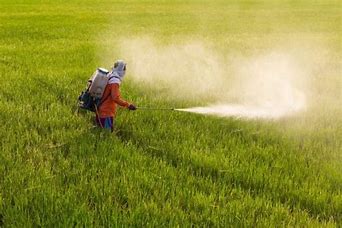
Fertilizer use is very expensive and can harm the environment if not used correctly. Therefore, before adding fertilizer, farmers send a soil sample to a laboratory for baseline testing. By testing their soil, farmers know which nutrients—and how much to apply to the soil. If too little is added, crops will not produce as much as they should. If too much is added, or at the wrong time, excess nutrients will run off the fields and pollute streams and groundwater. So, while fertilizers serve an important purpose, farmers must be careful to use the right amount, at the right time, to avoid potential negative effects to the environment.
To stay healthy, humans need to acquire essential nutrients from many different food sources. The demand for food and other products from agricultural systems will increase over the next few decades. This means that we need to keep our soils healthy and full of nutrients in order to feed the growing population.
WATER IS HEART OF AGRICULTURE
Water is essential for agricultural production and food security. It is the lifeblood of ecosystems,
including forests, lakes and wetlands, on which the food and nutritional security of present and future
generations depends. Water of appropriate quality and quantity is essential for drinking and sanitary
purposes and for food production (fisheries, crops and livestock), processing and preparation. Water
is also important for the energy, industry and other economic sectors. Water streams and bodies are
often key means of transport (including of inputs, food and feed). Overall, water supports economic
growth and income generation and, therefore, economic access to food. As the global population heads for more than 9 billion people by 2050, demand for food is expected
to surge by more than 50 percent. The world is rapidly becoming wealthier and more urbanized, and food preferences are changing to reflect this: the consumption of staple carbohydrates is on a declining
trend while demand for high-value products such as milk, meat, fruits and vegetables – which,
in many parts of the world, have much higher water footprints – is increasing. At the same time,
competition for increasingly scarce land, water and energy resources is intensifying, further aggravated
by the existential threat of climate change.
Climate change will have significant impacts on agriculture by increasing water demand, limiting crop
productivity and reducing water availability in areas where irrigation is most needed or has a comparative advantage. Projections show a general reduction in precipitation in semiarid areas, an increase in
precipitation in temperate zones, higher variability in rainfall distribution, an increase in the frequency
of extreme events, and an increase in temperature. Reduced river base flows, increased flooding and rising sea levels are predicted to affect highly
productive irrigated systems dependent on glacier melt (e.g. in the Punjab region, and Colorado) and
lowland deltas (e.g. those of the Indus, Nile and Brahmaputra–Ganges–Meghna).
Agriculture is both a cause and a victim of water scarcity. The excessive use and degradation of
water resources is threatening the sustainability of livelihoods dependent on water and agriculture.
Inefficient and uncoordinated water use depletes aquifers, reduces river flows and degrades
wildlife habitats, and it has caused salinization on 20 percent of the global irrigated land area. The
inappropriate use of fertilizers and pesticides translate into water pollution, affecting rivers, lakes and
coastal areas. The bulk of production in capture fisheries comes from coastal waters, where both the
productivity and quality of fish stocks are severely affected by pollution, a great part of which comes
from agricultural crop production, aquaculture and livestock.
SOIL EROSION IMPACT ON FARMING
Soil erosion is a naturally occurring process that affects
all landforms. In agriculture, soil erosion refers to the wearing away of a
field's topsoil by the natural physical forces of water and wind or through
forces associated with farming activities such as tillage. Erosion, whether it
is by water, wind, or tillage, involves three distinct actions – soil
detachment, movement, and deposition. Topsoil, which is high in organic matter,
fertility, and soil life, is relocated elsewhere "on-site" where it
builds up over time or is carried "off-site" where it fills in
drainage channels. Soil erosion reduces cropland productivity and contributes
to the pollution of adjacent watercourses, wetlands, and lakes
Soil erosion can be a slow process that continues relatively unnoticed or can occur at an alarming rate, causing serious loss of topsoil. Soil compaction, low organic matter, loss of soil structure, poor internal drainage, salinization and soil acidity problems are other serious soil degradation conditions that can accelerate the soil erosion process.
Soil Erosion Prevention
- Plant trees on barren lands to limit erosion of soil.
- Add mulch and rocks to prevent the plants and grass underneath to prevent soil erosion.
- Mulch matting can be used to reduce erosion on the slopes.
- Put a series of fiber logs to prevent any water or soil from washing away.
- A wall at the base of the slope can help in preventing the soil from eroding.
- Every household should have a proper drainage system so that water flows down into proper water collecting systems.
LARGE POPULATION AND LESS AGRICULTURE
Agriculture is always been a vast topic to discuss for the growth of the economy and the dependency of the population over the system. India is a developing country and more than seventy-five percent population depends on agriculture in India. Being the second-largest populated country after China India has allied records of villagers and farmers that have not remained to fulfill the growth of the country. The overwhelming majority of the population lives in the country and did not get all the requirements of the daily needs. In this condition where agriculture supports the lives of the people that are also not fulfilling the whole needs of the farmers and other sector peoples. We have been covered with the rural areas and since the last past years, the rural sector is growing economically to upgrade the system of the nation. According to the survey India has crossed one billion population ranks and is estimated to surpass the Population of China. Now, the biggest quest arises in the human mind that how agriculture in India will Support the lives of the Indian peoples especially of the background of the rural sector. Our nation is facing an intense problem of population outbursts. There are different kinds of problems that India is facing in regards to the shortage of food, climate change, energy crisis, malnutrition, and many more in severe conditions. While large population seems to have large problems in many ways. If in this condition the main source of ‘agriculture’ livelihood of the people is not prevented then it could be a major drawback for the country. In the rural sector, people are facing the problems like less drinking water, unemployment, less agriculture system, less production of crops, and many more.
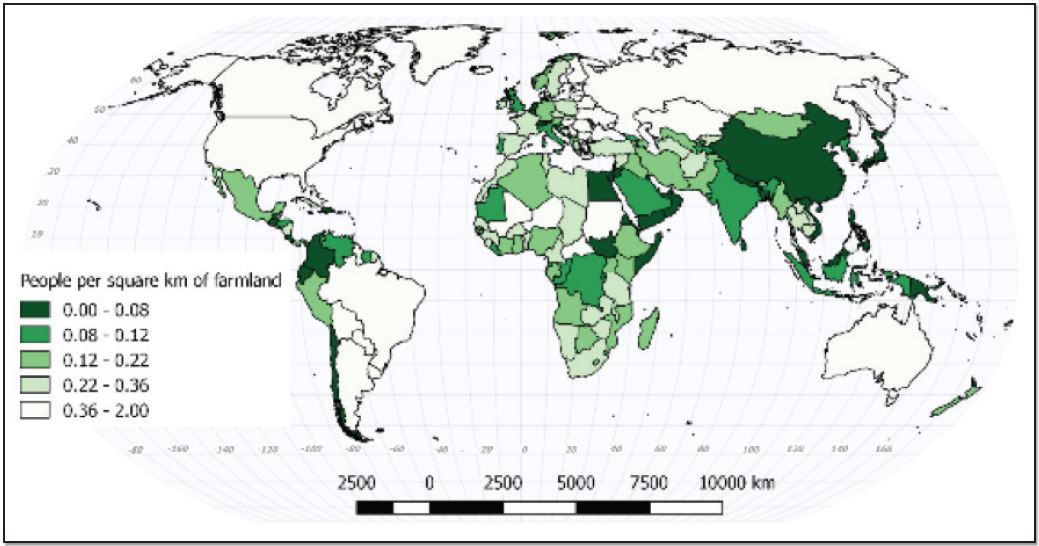
India may be thriving economically, but it is still dogged by poverty and hunger. In the Global Hunger Index, India ranks 102nd out of the 117 qualifying countries. Forty-six million children in India remain stunted and 25.5 million more are defined as “wasted” — meaning they do not weigh enough for their height. India’s child wasting rate is extremely high at 20.8%—the highest wasting rate of any country. It is usually the result of acute significant food shortage and/or disease. Among countries in South Asia, India fares the worst (54%) on the prevalence of children under five who are either stunted, wasted or overweight. In India, poor supply chain management practices have led to as much wastage as the United Kingdom consumes. Research suggests that $1 spent on nutritional interventions in India could generate $34.1 to $38.6 in public economic returns, three times more than the global average.
- by GOWTHAM VARMA

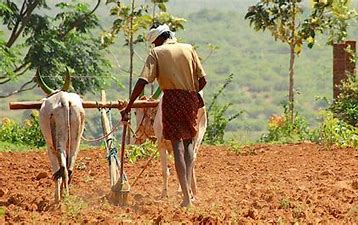





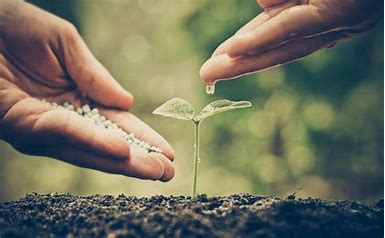
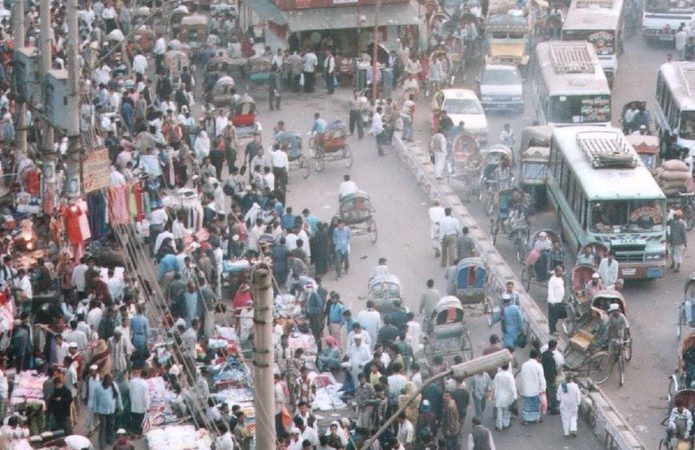

Great content!!!
ReplyDelete"Exllent and fabulous content"
ReplyDeleteThis project is very good
ReplyDeleteIt's having most useful matter for formers 🙂🙂
Great information about farming and I want to thank folks for creating this content.
ReplyDeleteExcellent information
ReplyDeleteVery good concept.....
ReplyDeleteGreat information helpful 🤗
ReplyDeleteCreating a project is not great . Knowing it's value is more important than creating
ReplyDeleteGreat write up. Keep it up
ReplyDeleteVery great topic and so much of information
ReplyDeleteNice work
ReplyDeleteVery good information.And i appreciate to your work and attention towards farming
ReplyDeleteFarmers don't need sympathy they need our respect🙏🏻
ReplyDelete